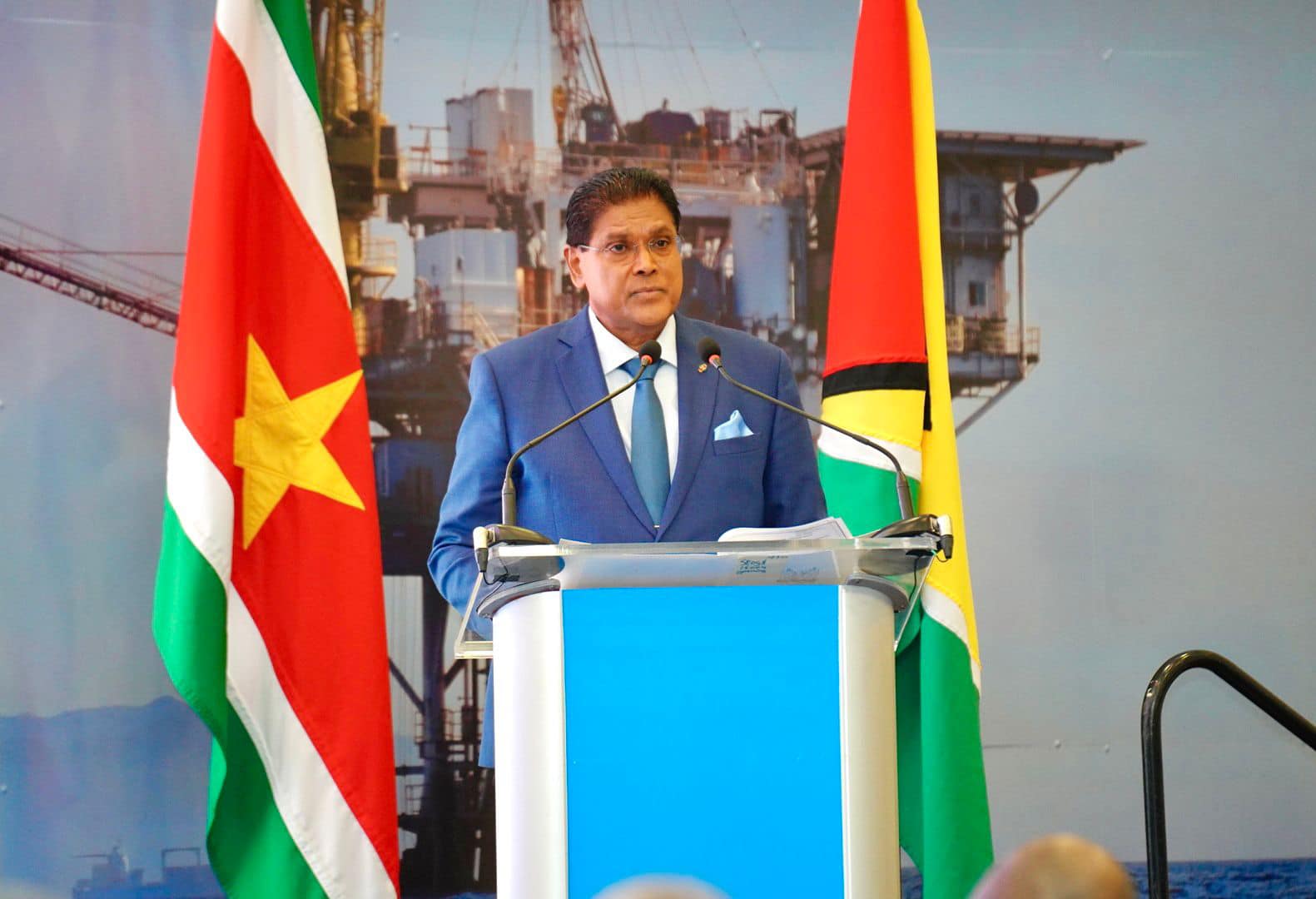The industry has been asking for months when a Final Investment Decision (FID) for Suriname’s Block 58 would be made, but there has been no clear indication. There has however been speculation and opinions as to why there has been a delay.
Suriname’s fiscal terms regarding its oil profit-sharing agreement and its petroleum law were some of the factors believed to be contributing to the delay in FID.
But Suriname recently updated its petroleum law.
In a January tax alert, Ernst & Young Global Limited said Suriname’s updated petroleum law will feature a “new paragraph 9” to its Article 9 to declare that state-owned enterprises and contractors performing petroleum work are also exempt and not subject to the following taxes for the term of the petroleum agreement they have signed:
- Turnover Tax on the purchase and delivery of goods and the provision of services;
- Taxes on dividends paid by a contractor or a contractor party to non-Surinamese shareholders, the transfer of profits to a foreign head office, or the remittance of dividend payments by non-Surinamese shareholders;
- Taxes on the sale of an interest arising from a Petroleum Agreement or the sale of the shares of a contractor or a contractor party by non-Surinamese shareholders, the proceeds from the sale of such interests or shares, and the remittance of such proceeds.
These were implemented as of January 1, 2023.
So, what happens now?
Suriname had hopes of Block 58 mimicking the success of Guyana’s Stabroek Block with its 11 billion discovered resources. Controlled by TotalEnergies and APA Corporation, Block 58 has churned out major discoveries – five thus far since 2020. And though little, it has created enough of a buzz to pique investor interest.
Block 58’s five discoveries are at Maka Central, Kwaskwasi, Sapakara, Keskesi and Krabdagu. Kwaskwasi has been called a giant in the Guyana-Suriname basin, with analysts comparing it to Exxon’s Liza find in the Stabroek Block.
Krabdagu has also caused quite a buzz for Suriname. The Krabdagu-1 well is located about 18 kilometres southeast of Sapakara South. Drilled at a water depth of 780 metres, it encountered approximately 90 metres of net oil pay in good quality Maastrichtian and Campanian reservoirs. Flow test results at Krabdagu point to an oil-in-place resource of approximately 180 million barrels (MMbbls).
The non-commercial discovery at the Keskesi South-1 well was daunting to TotalEnergies and APA but Krabdagu brought renewed hope and excitement at the Block’s other prospects.
But this still was not enough to garner an FID, it seems.
Total’s Chief Executive, Patrick Pouyanne attributed the delays to a “lack of confidence in understanding the reservoirs discovered to date, driven by a mismatch between what seismic data shows and the results of the delineation wells.”
In Guyana, operator ExxonMobil had moved to FID just two years after its first discovery at Liza 1, and oil production closely followed two years after that, with start-up in December 2019. Now, the country has two projects in operation, and another that is 93% complete and on track for start-up. A fourth will come online by 2025, approval is being sought for the fifth while talk of the sixth, and even seventh, are underway.



